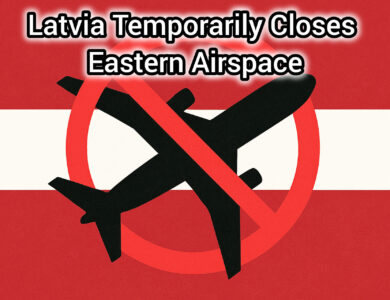Accelerating the Decarbonization of Aviation

In a significant push towards decarbonizing the aviation industry, experts emphasize the urgent need for increased production of Sustainable Aviation Fuel (SAF). SAF is seen as a critical component in reducing the aviation sector’s carbon footprint, but current production levels fall significantly short of future targets.
The Current State and Challenges
Presently, SAF production stands at approximately 1.5 million tons, a notable increase from previous years but still a fraction of what is needed. By 2050, the industry aims to produce 500 million tons annually, a staggering 1000-fold increase. This ambitious target underscores the monumental challenge ahead.
Economic and Policy Implications
The financial burden of transitioning to SAF is a major concern. SAF is inherently more expensive than traditional jet fuel, necessitating strong public policy support and balanced economic incentives to make it a viable alternative. Incentives must be carefully structured to encourage the production of SAF without disproportionately favoring other renewable fuels like renewable diesel.
Pathways and Innovations
The production of SAF involves various pathways, each with different yields and efficiencies. The HEPA process, for example, yields between 15% and 45% SAF. Diversifying these pathways and using different feedstocks can enhance production efficiency and output. Co-processing, which integrates biomass into existing refining processes, is highlighted as an immediate opportunity to boost SAF production.
Technological and Regulatory Developments
Technological advancements and robust regulatory frameworks are crucial. The aviation industry calls for consistent and fair allocation rules for SAF production and incentives that favor its economic viability. Additionally, developing a central registry for SAF transactions is proposed to foster a transparent and accessible global market.
Collaborative Efforts and Future Outlook
The push for SAF is a collaborative effort involving airlines, fuel producers, regulatory bodies, and technological partners. Pilot projects are underway to test and refine the SAF production and distribution systems. The goal is not only to meet regulatory requirements but also to ensure the financial and environmental sustainability of the aviation industry.
In conclusion, while the path to decarbonizing aviation is fraught with challenges, the combined efforts of stakeholders and innovative solutions offer a promising route towards achieving net-zero emissions by 2050.



